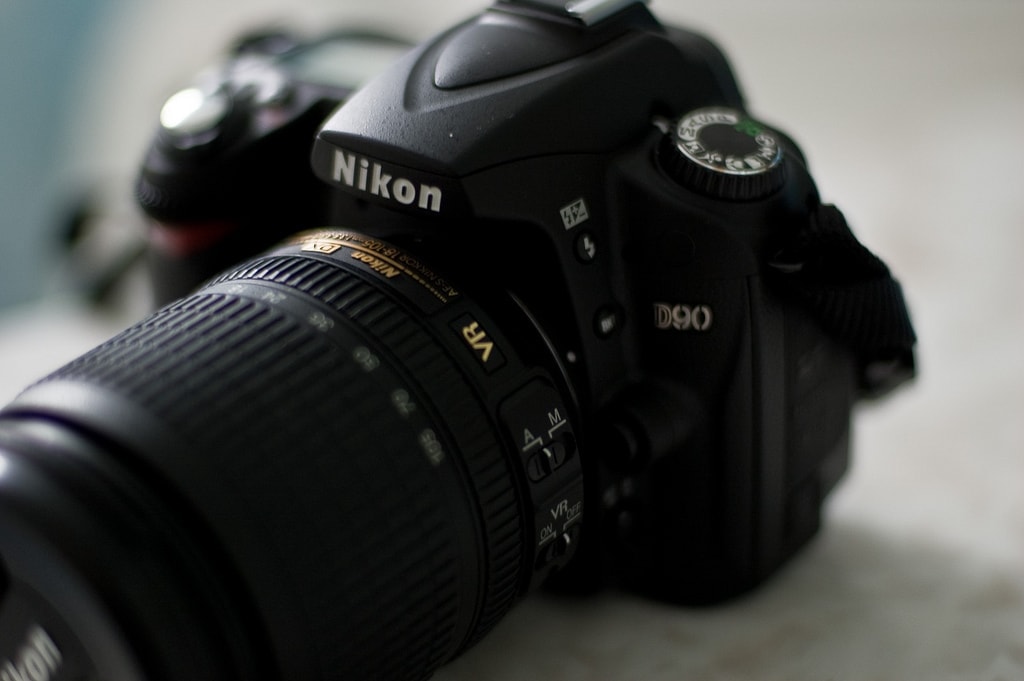I regularly post SLR camera comparisons, but every time I post one, you may be intimidated by the terminology and specifications in the photo jargon: what does it mean if a camera is equipped with it?or not a focus engine?And the resolution of the screen affects the quality of the photos?What are the photos per second?
In today’s article, I clear all these doubts. Save it for future reference, as it will serve you on more than one occasion.
- Megapixels: Indicates the maximum camera resolution.
- In theory.
- The higher the number of megapixels.
- The better the quality of the final image.
- However.
- Eye.
- Some manufacturers advertise “interpolated” megapixels and in the fine print include real ones.
- Megapixels.
- Interpolated megapixels.
- To put it briefly.
- Are like forced megapixels.
- Or not real.
- What interests us are the real megapixels.
- It should also be noted that from a certain number of megapixels it is no longer necessary for the camera to have more.
- The importance of megapixels arises mainly when printing the photo in large format.
- A 10MP camera is more than enough to print in a normal format.
- In the following link you can see how many megapixels you need to print in what sizes.
Screen resolution: The number of pixels (or dots) on the camera screen. It reflects the sharpness and clarity with which things are seen through the camera, but does not affect the quality of the final photo at all.
Photos per second: This is the number of photos that the camera can capture continuously over the course of one second when using “burst shooting” mode. This can be useful in many situations: for example, if you want to photograph something that happens in a fraction of a second, you use burst mode and, for example, being able to capture 6 photos per second will give you twice the chance of capturing the desired photo than if only 3 photos per second.
ISO: That’s the sensitivity of the sensor. The higher the ISO value, the more sensitive the camera will be and therefore the more able to capture the image in low light conditions. Be careful, a high ISO usually results in more grains and noise in the photo.
Focus motor: To focus in automatic mode, the camera and the lens must communicate. Communication between the camera and the lens is through the focus motor. If our camera is equipped with a focus motor, it can focus automatically with any (compatible) lens. On the other hand, if the camera doesn’t have a focus motor, it can only autofocus with lenses that have their own focus motor.
External microphone connection: allows the camera, during video recording, to record sound from the outside through an external microphone, leaving out the camera’s built-in microphone, which generally does not give excellent results.
Continuous video focus: This feature allows the camera to perform continuous autofocus during video recording. Some cameras allow you to focus automatically when you start recording, but they don’t change autofocus when the object or character moves. The continuous video focus function allows precisely that, autofocus at the start of recording and that the camera itself automatically keeps the object or subject focused even if it moves, zooms in or out?
Battery life: gives us an indication of the battery life of approximately the number of shots fired.
Sensor size – Read this article if you want to learn more about sensor size and why it matters.
Focus Points – Help the camera achieve proper autofocus. The more focus points there are, the easier and faster it is for the camera to focus automatically.
Automatic Sensor Cleaning: Some cameras are equipped with systems for automatic sensor cleaning of any dust or dirt particles harmful to the sensor.
Live-View: Allows you to skip the typical traditional optical viewer and be able to watch live through a screen in the same way that the camera is focused at the same time. Live-View is old on compact cameras, but on SLRs it’s quite new, and it wouldn’t be so strange to find SLR cameras that don’t have one.
Dimensions: Easy, regardless of camera size
Weight: there is no greater mystery.
Supported video formats: on the other hand, we have video resolution, which can be Full HD (1080p), normal HD (720p) or lower resolutions, the higher the number, the better the resolution, and on the other hand, we have fps (images per second) that allow you to record video scenes with a more or less natural movement, be sure to read this article if you want to learn more about slR video.
Nothing else for today. Ah, as I include more specs in future benchmarks, I’ll update this article again to include more. For now, I hope things have become more or less clear to you.
If you have any questions, count on me.

